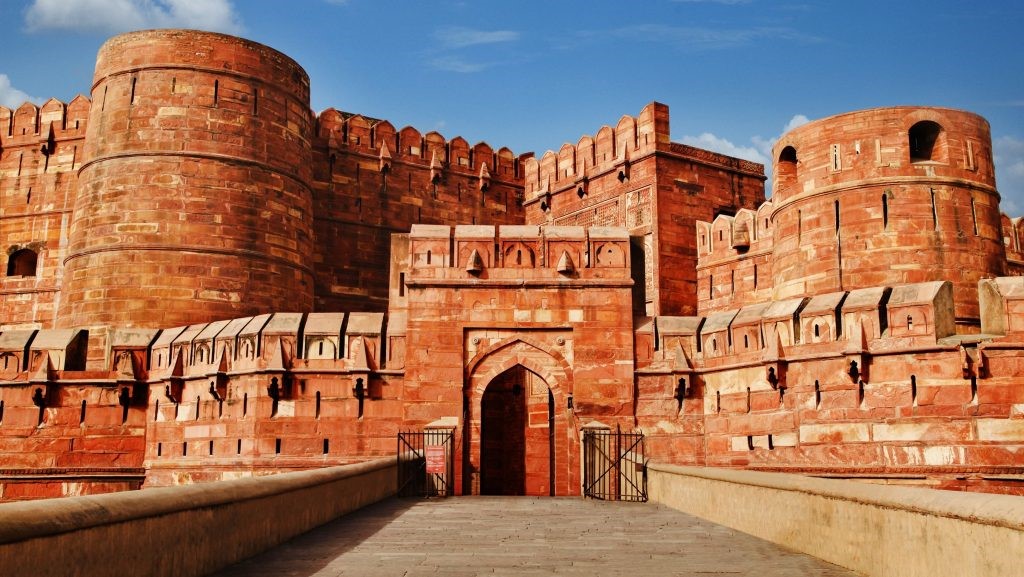Free Courses Sale ends Soon, Get It Now


Free Courses Sale ends Soon, Get It Now



Disclaimer: Copyright infringement not intended.
Context: The Delhi High Court sought the Archaeological Survey of India’s response in a plea moved by two registered trusts against the ASI’s communication rejecting permission to organise a cultural programme at the Agra Fort celebrating the birth anniversary of Chhatrapati Shivaji Maharaj on February 19.
Details:
Origin:
Babar:
Akbar:
Shah Jahan:
PRELIMS QUESTION:
Q.Consider the following statements in reference to Agra Fort:
Which of the above is/are correct?
a.1 and 2
b.2 and 3
c.1 and 3
d.1, 2 and 3
Correct answer: c
© 2024 iasgyan. All right reserved